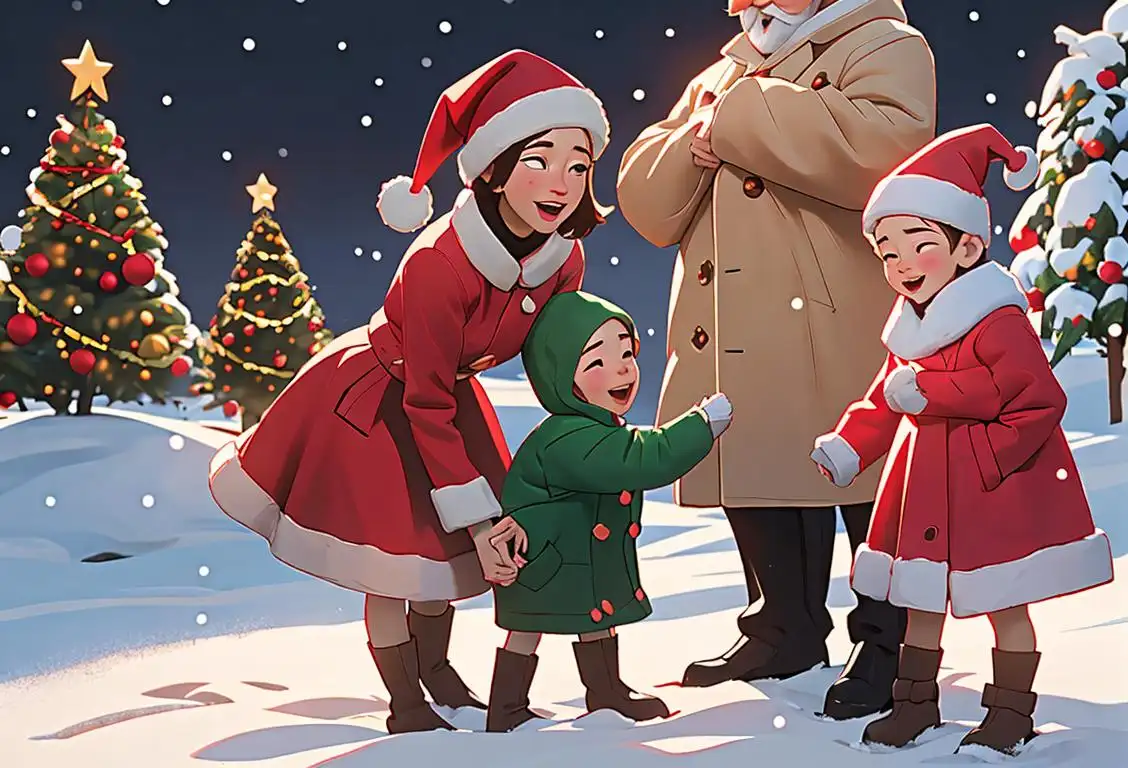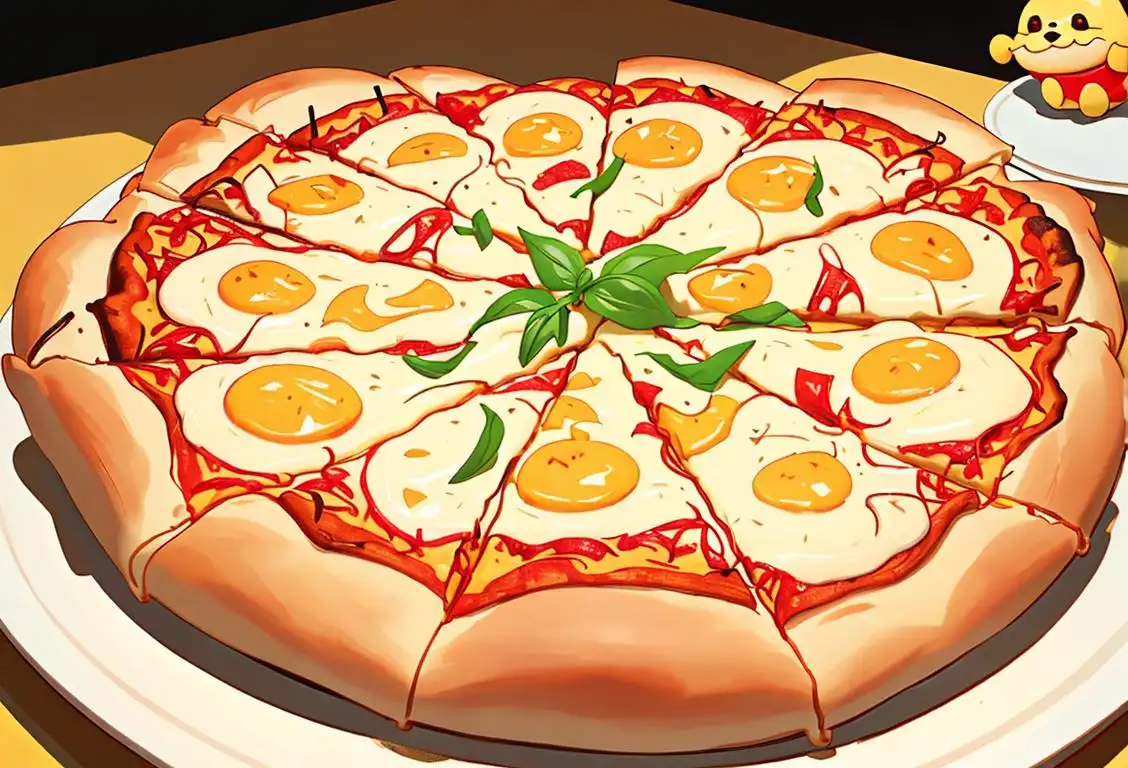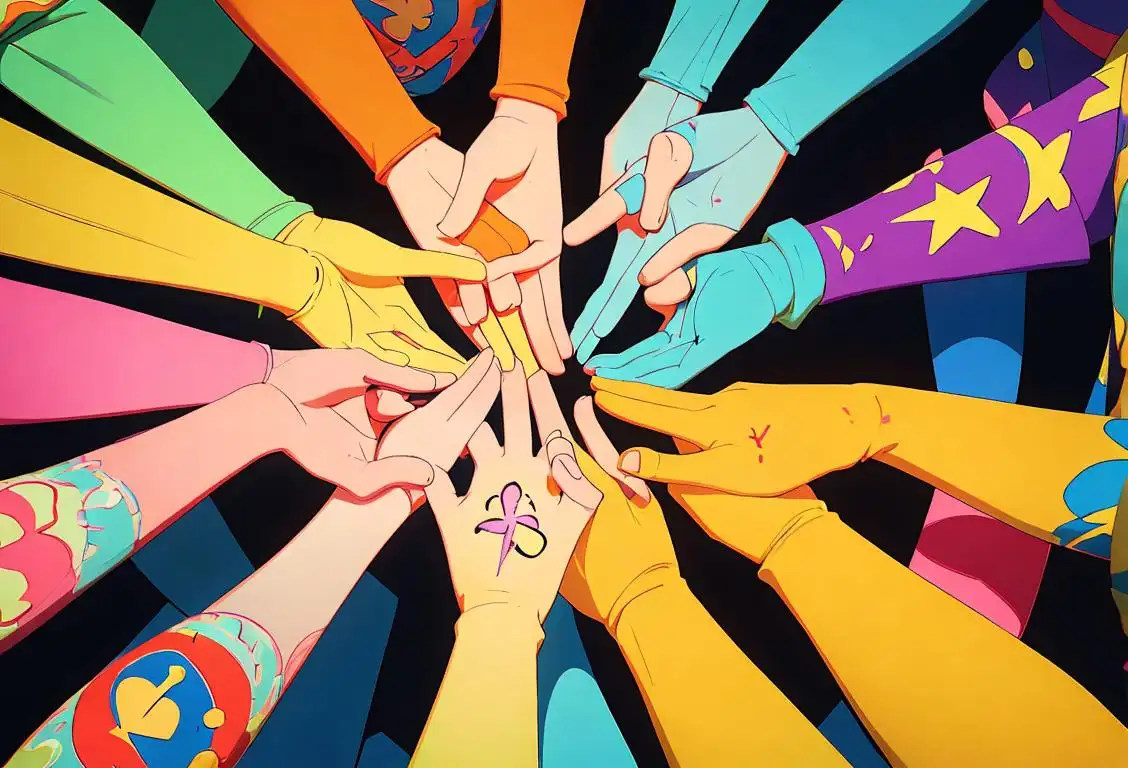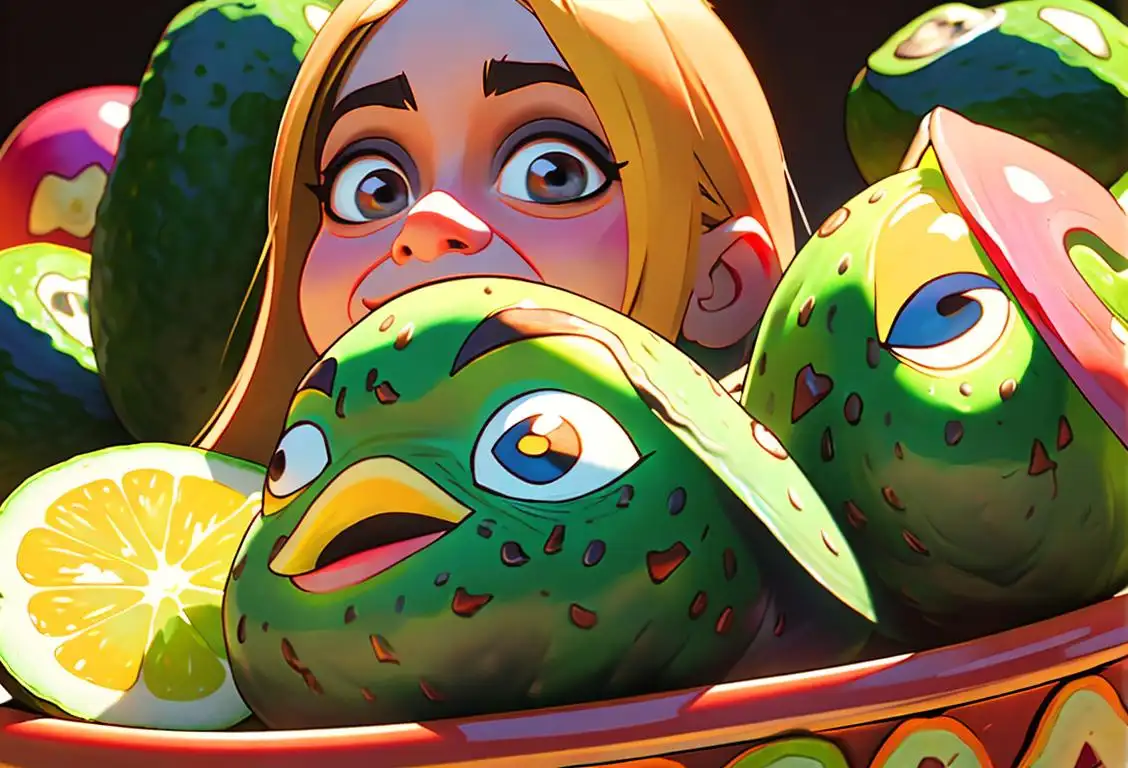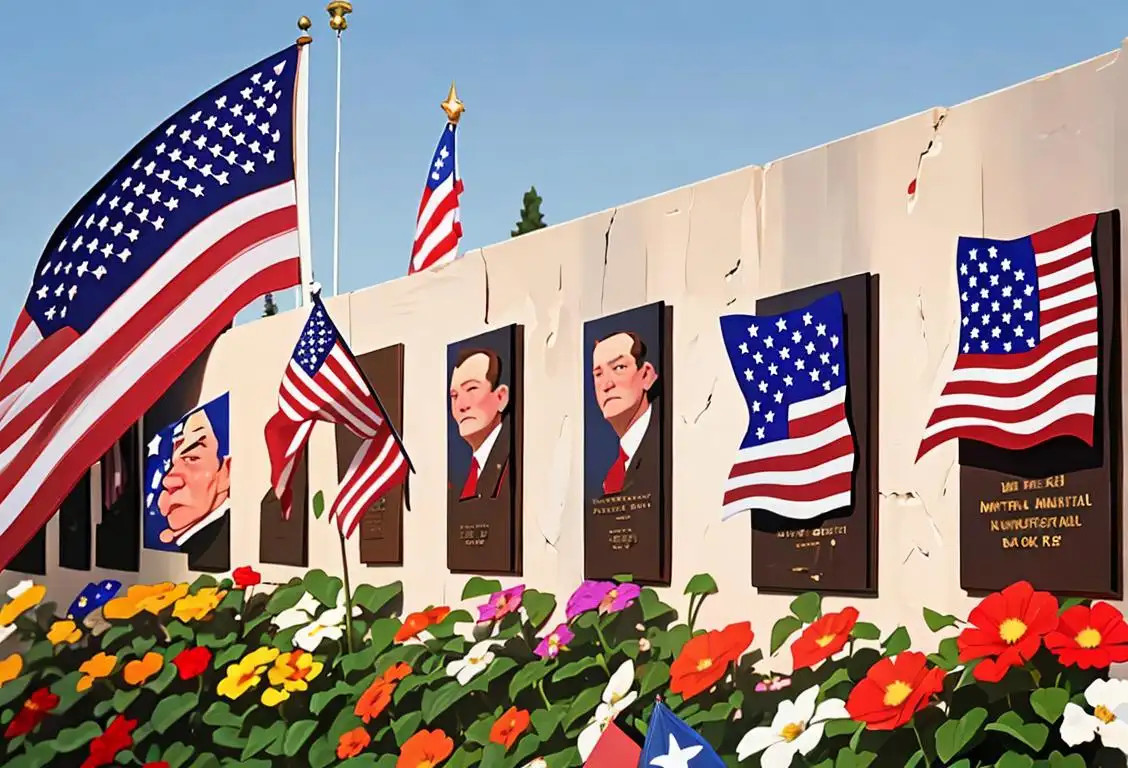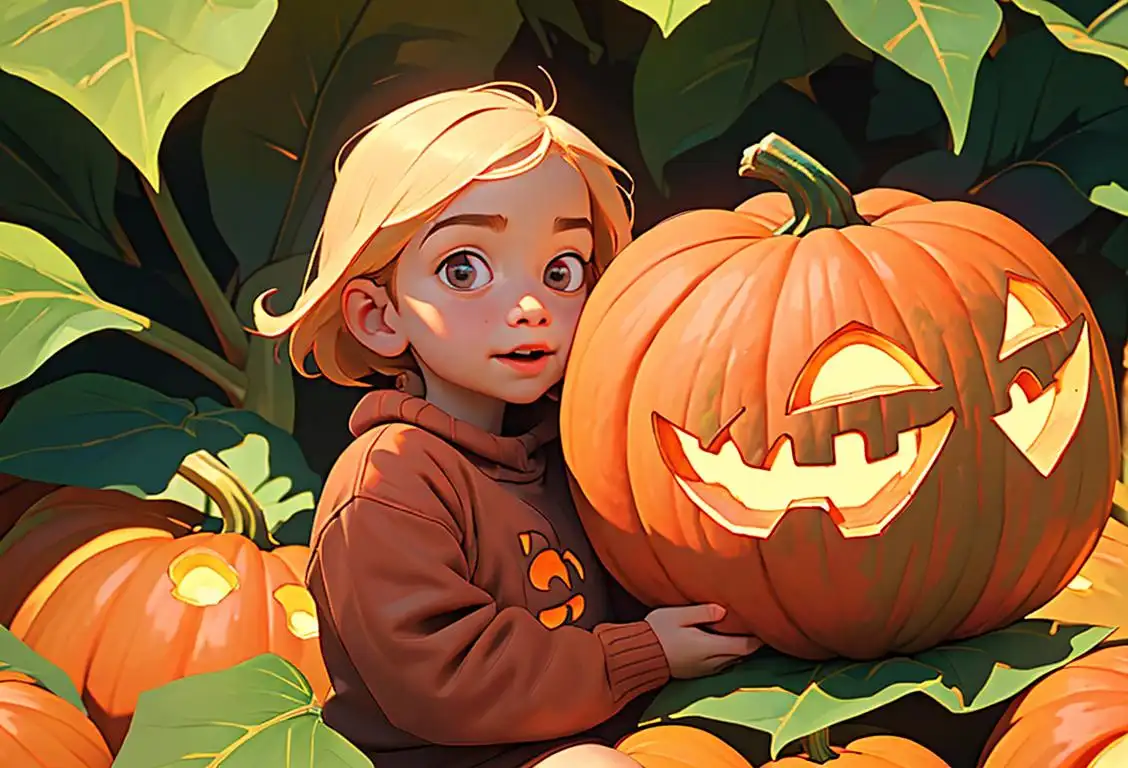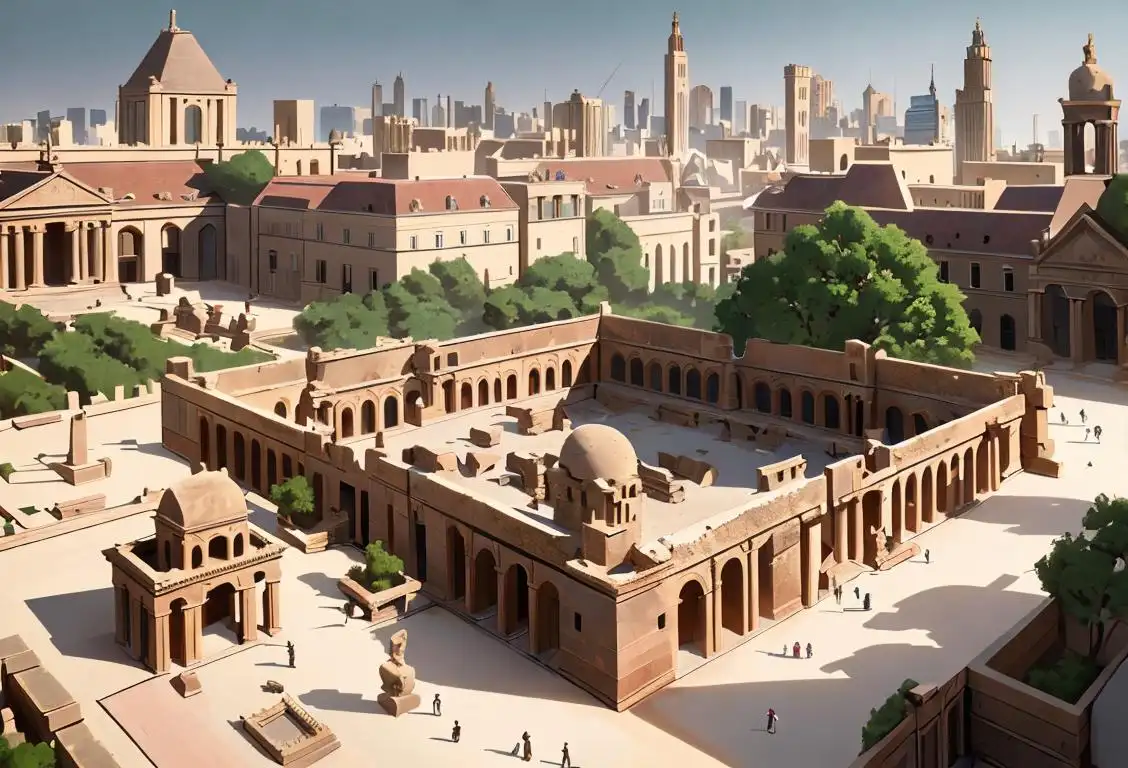National Puddle Day
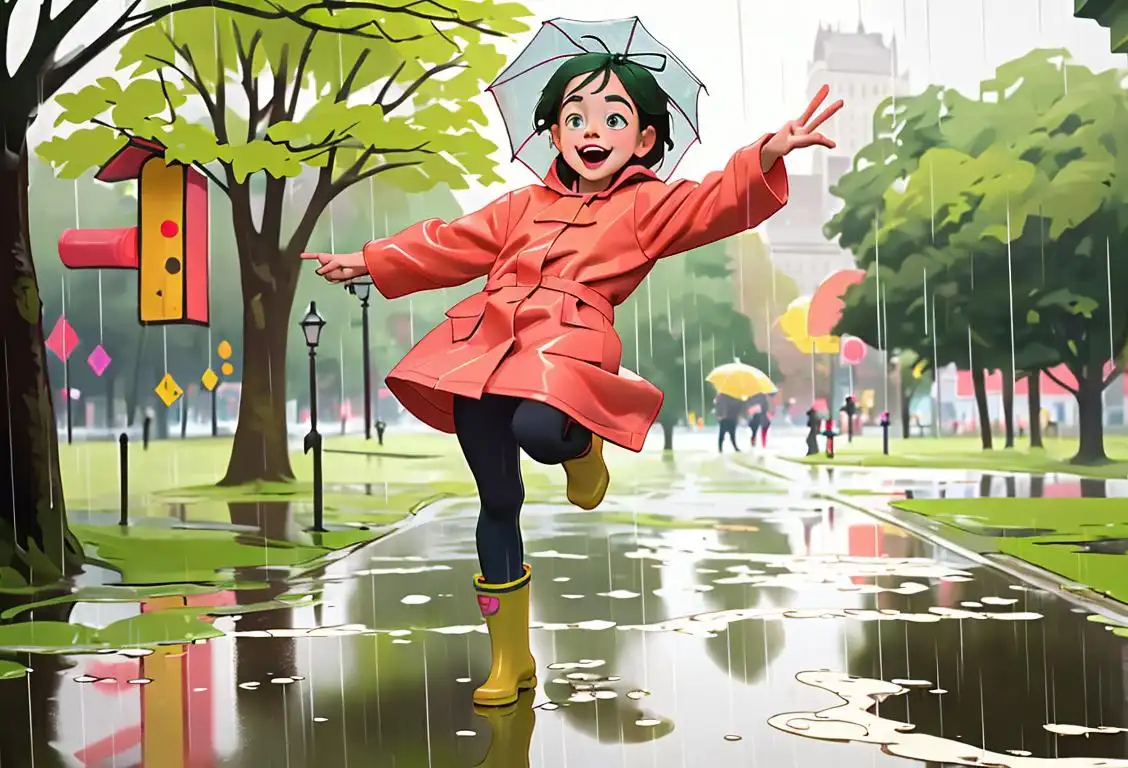
Welcome, puddle enthusiasts and splash enthusiasts alike! Today, we're diving into the watery wonderland that is National Puddle Day.
When is Puddle Day?
It's national puddle day on the 2nd May.
A Splash of History
Picture this: It's a rainy day, the sky is overcast, and the ground is wet. What better time to celebrate puddles? National Puddle Day, observed on various dates throughout the year, pays homage to these little patches of water that bring a smile to our faces and a splash to our steps.
While the origins of National Puddle Day might be as murky as the water itself, it's clear that this unconventional holiday has gained quite the following online. With 11 mentions detected, the internet has been simply abuzz with excitement over this watery occasion!
Why Puddles Deserve Our Love
Now, let's talk about why we should embrace those muddy, puddle-filled moments. Puddles offer a refreshing break from the monotony of daily life. They give us an opportunity to jump, splash, and feel like a kid again. Whether you're wearing rain boots or going barefoot, stomping in a puddle is a universal experience that brings joy to people of all ages.
But it's not just about the fun factor. Puddles also serve a practical purpose. They help us visualize the problem areas in our drainage systems, reminding us that it's time to call a plumber. So, in a way, these little pools of water are the unsung heroes of civil engineering!
Getting Your Splash On
To truly embrace the spirit of National Puddle Day, here are a few suggestions to make the most of this aqueous occasion:
- Find the biggest, juiciest puddle in your neighborhood and take a running leap into it. Don't forget to yell 'cannonball' while doing so.
- Organize a puddle-jumping contest with your friends or loved ones. May the biggest splash win!
- If the weather is not on your side, create your own miniature puddles indoors using buckets and hoses. Just make sure to clean up afterward!
Did You Know?
In the quirky world of puddles, there's an interesting fact that may surprise you. Did you know that the largest recorded puddle measured over 300 square feet? That's one big splash zone!
History behind the term 'Puddle'
14th century
The Muddy Beginnings
The term 'puddle' can be traced back to the 14th century when it first appeared in the English language. Initially, it referred to a small pool or patch of muddy water on the ground, typically formed after rain or due to water accumulation. The word 'puddle' is believed to have originated from the Old English word 'pudd', which meant a small pool of water.
16th century
Artisan's Tool
In the 16th century, 'puddle' gained a new connotation within the realm of craftsmanship. It became associated with a process used by blacksmiths, potters, and other artisans. They would create a mixture of clay, water, and other materials to form a viscous paste-like substance. This substance was called a 'puddle' and was used to make objects like bricks and earthenware. The term came to represent the act of kneading and mixing materials together to achieve a desired consistency.
18th century
Road to Improvement
As the industrial revolution took hold in the 18th century, the need for well-paved roads became crucial for transportation and trade. Engineers and road builders started using a technique known as 'puddling' to construct sturdier road surfaces. Puddling involved compacting soil and clay with water to create a solid foundation for the roads. This process greatly improved the durability and stability of the roads, reducing wear and tear caused by constant traffic.
19th century
The Puddle Jumper
During the 19th century, the term 'puddle' found a new association in the field of transportation. The invention and widespread use of the steam-powered locomotive led to the development of railway networks. These railways required bridges, and a specific type called 'puddle bridges' began to emerge. Puddle bridges were constructed by driving timber piles into the ground and filling the gaps between them with puddled clay. The puddle acted as a waterproof sealant, preventing the water from weakening the bridge's foundations.
20th century
Splish Splash, Puddle Dash
With the advent of modern urbanization and the popularity of children's literature, puddles began to capture the imagination of people. The sight of children gleefully jumping into puddles after rain became a symbol of joyful innocence. Puddles made their way into countless nursery rhymes, children's stories, and illustrations, turning them into a playful and enchanting element of childhood. This cultural association persists to this day, with the simple act of splashing in a puddle often evoking feelings of joy and nostalgia.
Did you know?
Did you know that the largest recorded puddle measured over 300 square feet?Tagged
fun loved ones outdoor activitiesFirst identified
2nd May 2015Most mentioned on
2nd May 2015Total mentions
11Other days
Weather Service Has Released Its Forecast For Christmas Eve And Christmas Day
Puddle Day
Cheese Pizza Day
Cancer Survivors Day
Suicide Prevention Day
Compliment Day
Guac Day
Memorial Day
Pumpkin Day
Foundation Day
